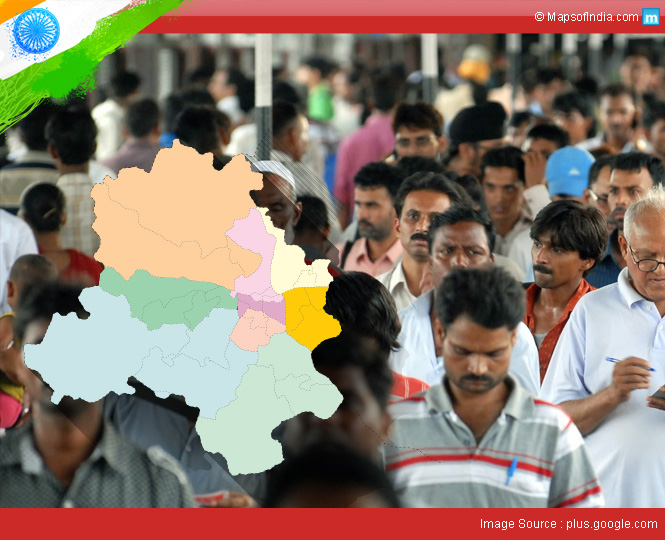
One of the apt descriptions of Delhi that I have heard lately is this: “The city is stretched beyond its means.” So it is. A UN report has very recently fanned the city’s population concern, which is perhaps eating into the socio-ecological balance of the capital city. It has come to pass that Delhi is world’s second most populous city in 2014. It has already doubled its population since 1990 and the city is tipped to have 36 million residents by 2030, which can easily spell disaster.
Cause and Impact of Delhi’s Population Explosion
Like many other large cities of developing nations, the co-existence of plush localities and sprawling slum is not uncommon. These slums are the home for migrants from rural areas working as domestic helps or daily laborers. Not everyone moving to Delhi finds a place to stay that leads to informal settlement. The annual influx of migrants is continuously depleting city’s resources. Delhi gets into a crisis mode for something as basic as drinking water. Ever-increasing population is to be blamed for the surging demand and dwindling supply of drinking water. Even today, the city faces a daily deficit of around 1000 million litres of water.
Population and pollution go hand in hand. Rapid urbanization of Delhi and the National Capital Region has forced working population to commute from the suburbs to the city. The trend of buying more personal vehicles that started almost two decades back, naturally contributed to vehicular emissions. Only few years back, Delhi came to limelight for being the fourth most polluted city in the world. The air quality in Delhi has degraded alarmingly fast.
Inherent inadequacy of public transport is touted as one of the prime reasons for people to switch to personal vehicles. Even when positive strides were taken to increase the availability of public amenities, they have consistently been under pressure to accommodate the swelling population. Delhi Metro could be a case study. Moreover, the traffic troubles are on rise as the city is running short of space to accommodate its traffic, despite having built India’s most extensive road network. The large chunk of increased roadway capacity was consumed by additional traffic in five years.
The unbridled growth of residents has also led to the unprecedented rise in both domestic and industrial wastewater pollution. The city has registered a sharp increase in the volume of domestic wastewater generated each day. Delhi’s sewage treatment capacity is not optimized to its full potential due to faulty trunk sewer system. And who is responsible for this waste generation? The buck again stops at population. It has led to the emergence of more unauthorized colonies and clusters, which are not provided with sewerage systems.
Delhi is completely stressed out. It’s already gasping for more space and its consumption is continuously exceeding the supply. The capital city’s demand for power is increasing by 10% each year.
Possible Solutions
The approach towards arriving at a solution has to be multi-pronged since the problems are manifold, albeit inter-related.
Sociologists are of the opinion that government should take up the challenge of making life in countryside as easy as Delhi. In order to stop this mad scramble for settling down in Delhi, the infrastructure in the outer regions should be developed. In this regard, the Modi government’s idea of building 100 ‘smart cities’ looks a prudent one as it intends to draw people away from mega cities to “satellite” towns having all the facilities.
It’s also important that government prohibits informal settlements from coming into existence. These illegal colonies have encouraged people to move into Delhi. As a strong message of discouragement, the authority needs to prevent these structures from being built or expanded.
When it comes to waste management, overflowing dumping grounds and lack of major market for composting should be replaced with waste-to-energy plants and a foolproof recycling strategy.
It was obviously commendable the way Delhi had implemented numerous policies to curb pollution in the city. Some of the well thought out policies such as phasing out of commercial vehicles older than 15 years, replacing them with new ones, and compelling the buses to opt for CNG, proved effective to an extent, however the city hasn’t been able to make much breakthrough in terms of targeting the moot cause – unrestrained population growth. Instead of relying mainly on fertility control policies, the government needs to consider the factors such as lack of basic education. Education hasn’t been able to fulfill its responsibility of sensitizing citizens about the population problem.





